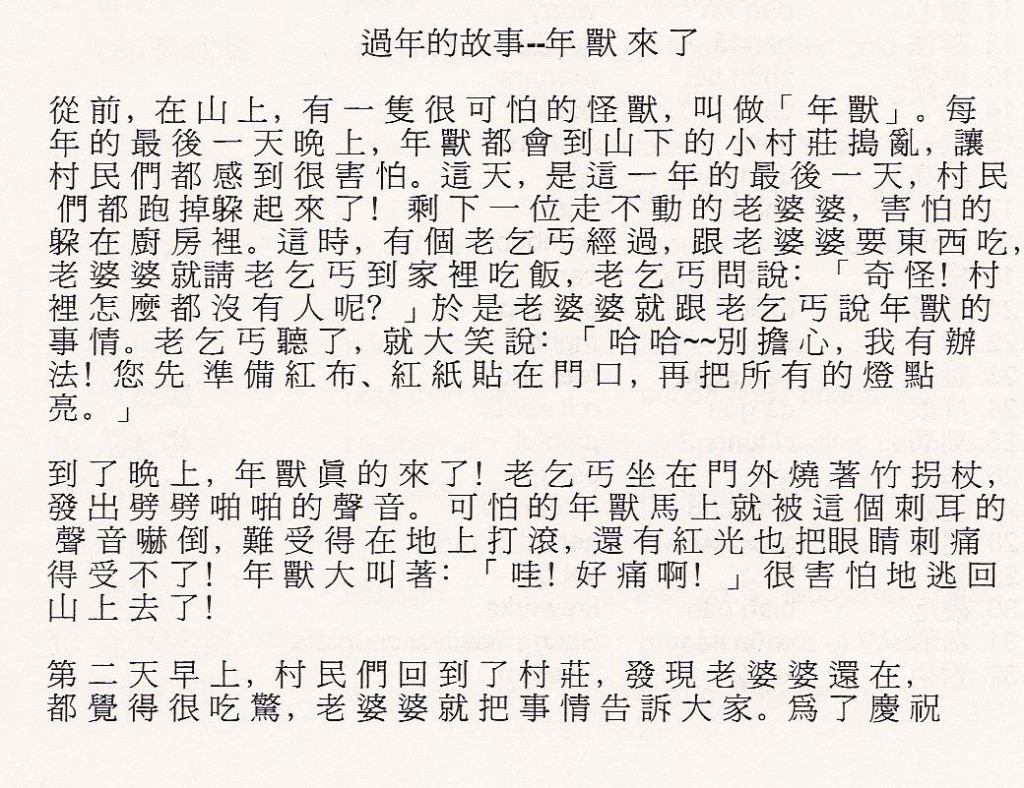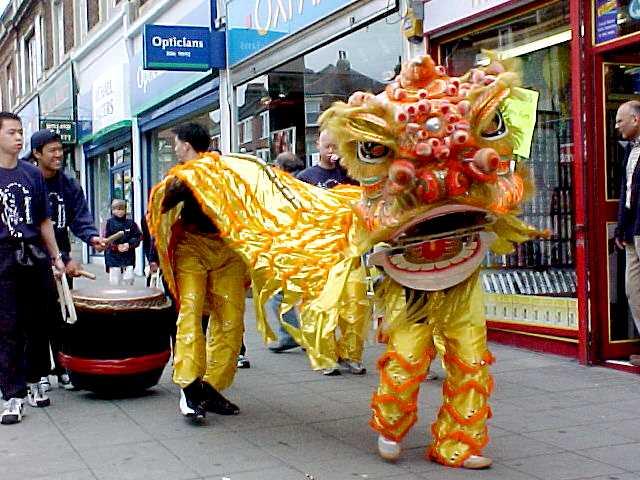All Souls Day of the Philippines:
This is celebration of the dead that happens in November and was described by the informant as such: I think it is similar to the Spanish, Day of the Dead thing. All it is, is everyone goes to the cemetery and has a big picnic and everyone goes around saying, ooohhh how aaarrre you, how long as so and so been dead now? It is a time to honor the dead but also for those still living to visit eachother. We would go either to Abukay or in Manila it was usually Manila after my brother died and was buried to go visit his grave. We would all get in the car after packing it with food that had been prepared for days before and then go there and Im telling you, its really just like a big picnic. And yes there were candles, and flowers, enough to where as a kid I was aware that this was aware of the honoring of the dead part, I didnt just think it was a huge picnic. And towards the end, all of us kids would go around to all the candles and collect the melted wax to try and build up the biggest wax ball.
In Filipino culture, there is a very distinct comfort with the dead. I am personally familiar with this simply by observing the differences between my mother and father. My Filipino motheran it is the same with her whole family–, will freely laugh and joke about the prospect of dying, she will bring up at dinner the precise actions she would like her children to take upon her death, she will talk about the death of her relatives as if it was any other life time occurrence. To all of this, my Russian-Jewish father will respond with, dont say that! or, why are you talking about that!?. My mother has always been very comfortable with the idea of death while my father is terrified of it. This story, which she had never told me prior to this interview, simply shed more light on the origin of her nature.
The Philippines is a very Catholic country, and my mother had a very catholic upbringing. With Catholicism, comes the belief in a heaven and thus a nearness to God and a generally positive situation to look forward to. Now that I have mentioned him, it is interesting to compare this with my fathers upbringing as the son of two scientists in communist Russia, for whom death is then end, the stopping of a heartbeat, the cessation of cell reproduction.
This celebratory practice, shows the people of the Philippines interacting with the dead, they are not spooky or distant. Indeed their souls are still remain, and the living go to them to seek them out and honor them. Whats more, those who are living enjoy themselves on this day. It is not a day wrought with misery and pain, but quite the contrary to remember and honor the dead in a positive light, and to interact with them in a merry and festive wayeating with the dead and chatting among them and about them as if they were physically present. They are not seen as dead, they are simply in a new life, and this ceremony invites them back into their former life as best they can. My mother told me this story, as to be expected, without a hint of sorrow. For her this was like any other holiday celebration, it might as well have been a birthday.


